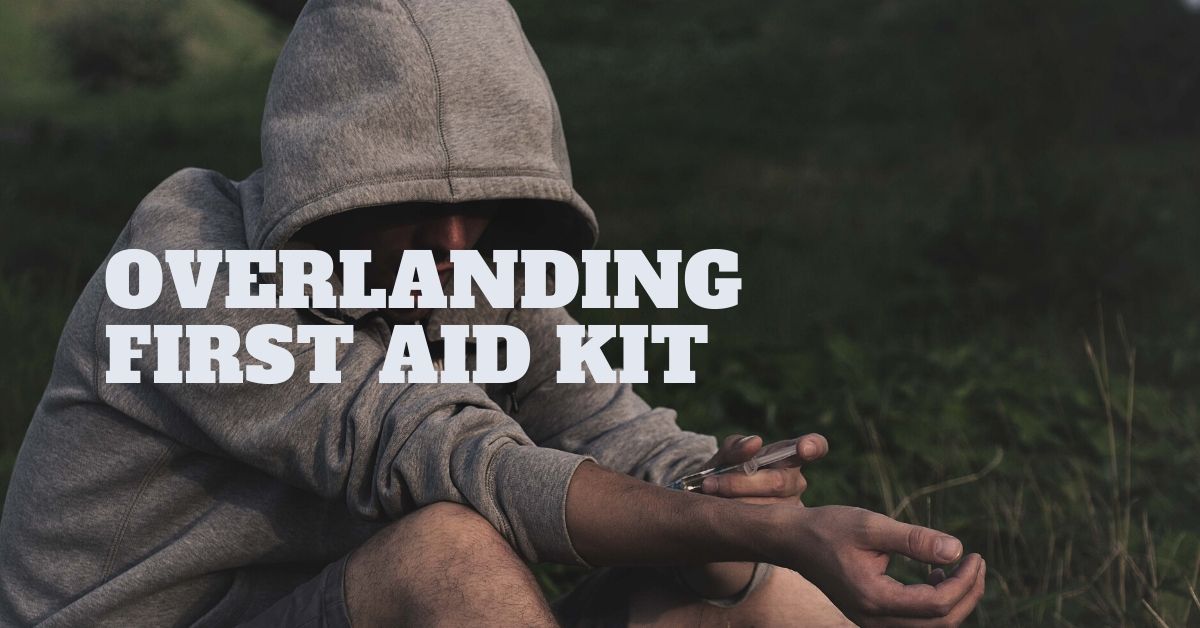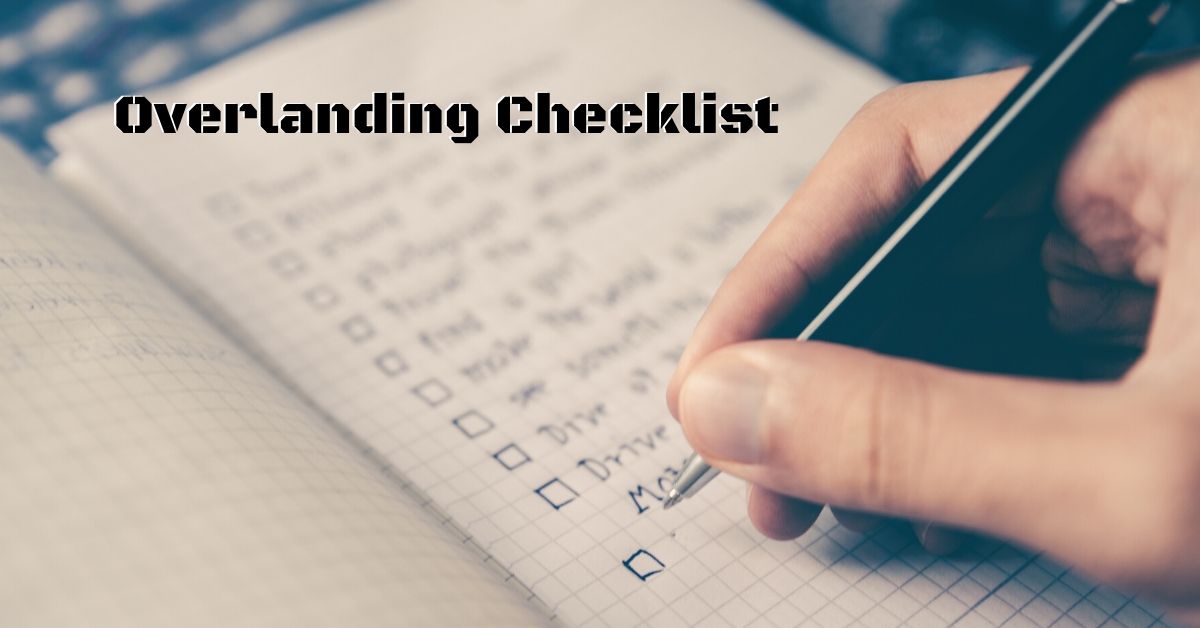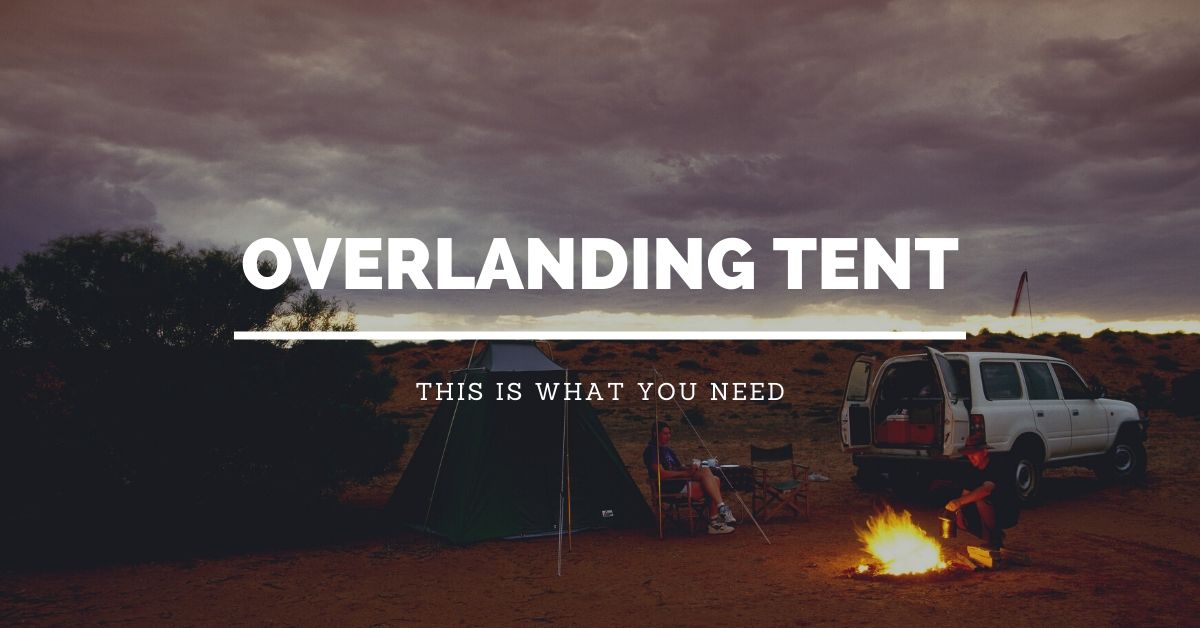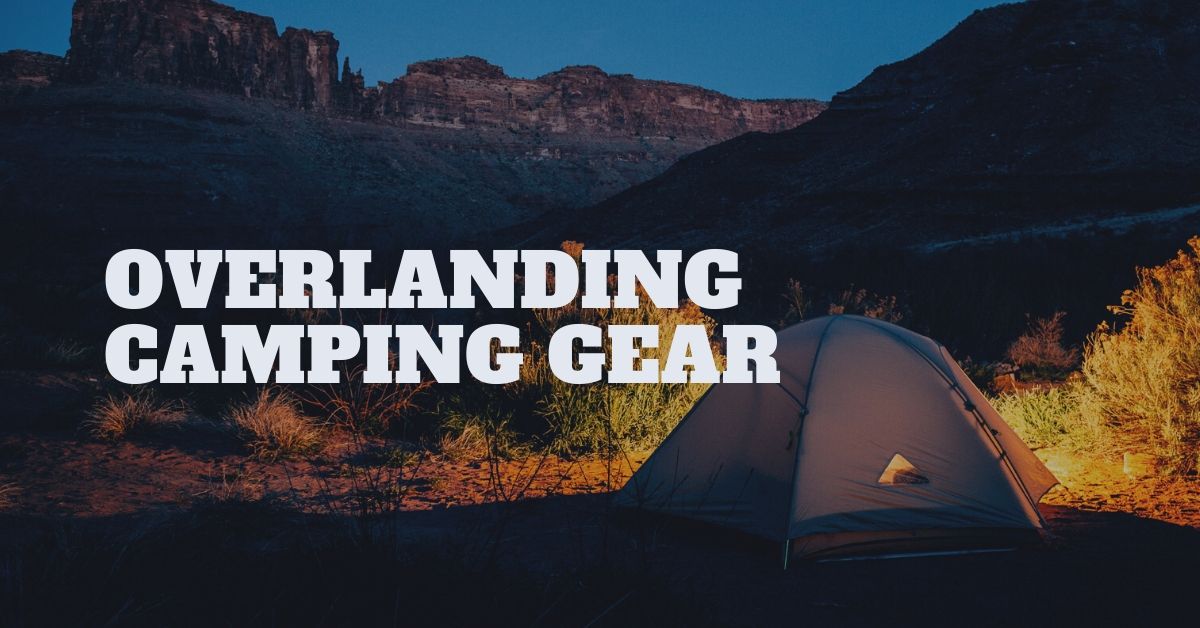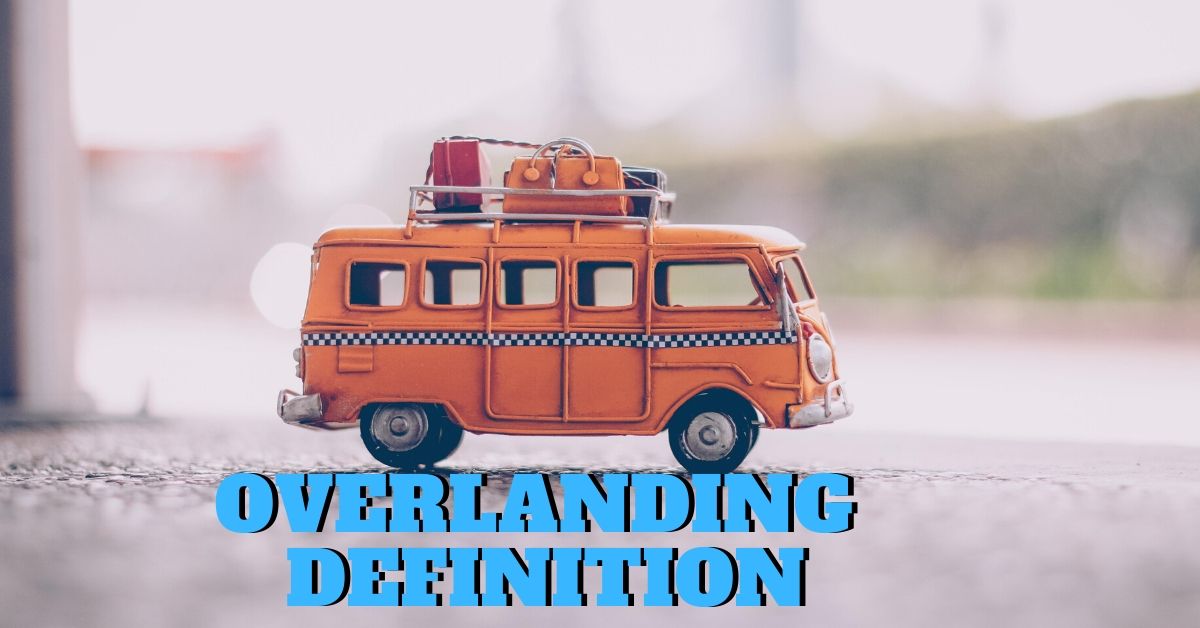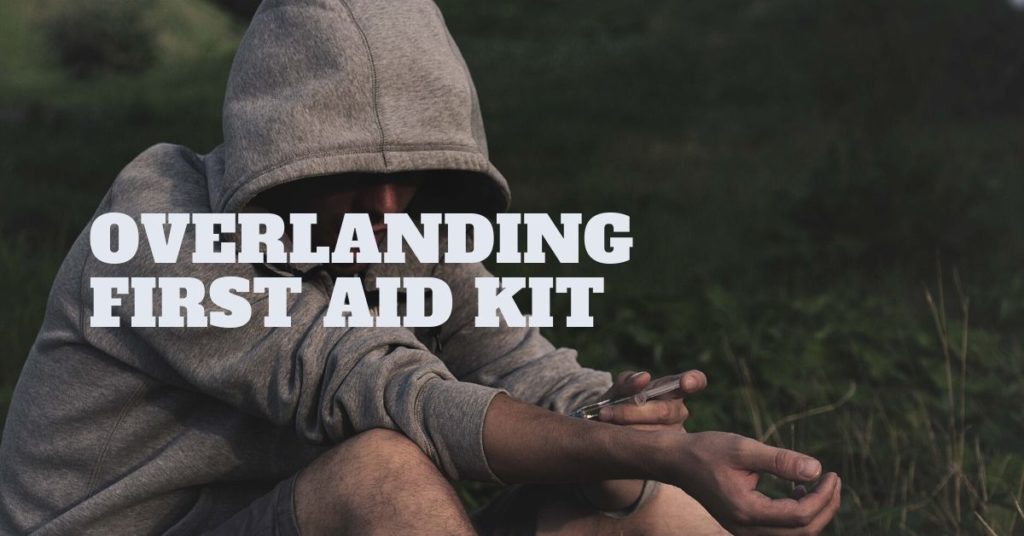
The overlanding first aid kit is somewhere between a camping “boo-boo” kit and a full-on EMT trauma kit. The nature of overlanding requires attention to long distances and thus long timeframes from help. Overlanding also introduces some additional risks over hiking namely those injuries that vehicle use can cause including crashes, burns, and significant cuts.
Backcountry Medicine
Other considerations for the overlanding first aid kit include the number of people it will serve, and the duration of care it must provide. So rather than one or two of a particular item, you may need many of certain things. And the quality and level of function should also be raised over the common outdoor first aid kit. This can include splints, wound care, more and larger bandages and wraps, irrigation tools, stitching kits, and a larger array of drugs. It would also be good to have some first aid manuals that go beyond the traditional Red Cross materials. Backcountry medicine is a good place to start.
Additional overlanding first aid tools can include Israile bandages, chest seals, airway tubes, and of course tourniquets. All of these items require some training to make them function properly, but you cannot use them if you don’t have them. While there are workarounds for all of them if you channel your inner Dr. MacGyver, when the blood is flowing or the airway is blocked, it is not the time to Google what to do.
Finally, the “boo-boo” kit will be heavily used. To keep the comfort level, you don’t want to ration medical supplies like band-aids and aspirin so pack plenty. And keep an eye on the age of your supplies as some will expire, while others will deteriorate. I’ve opened my aspirin bottle only to find a clump of broken and recemented aspirin tablets. And band-aids that literally fell apart when opened.
